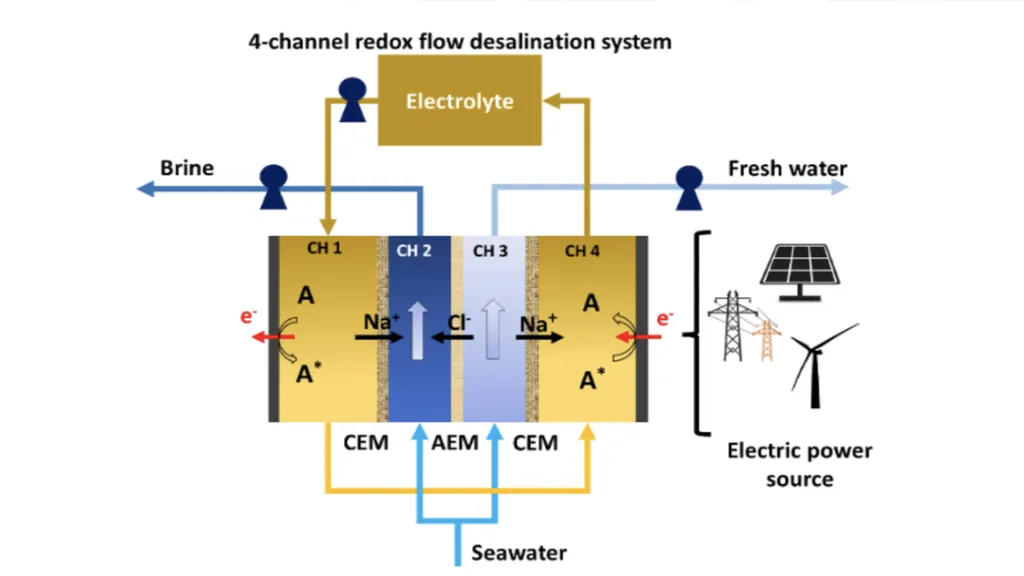In the quest for sustainable energy solutions, the integration of renewable energy sources has become a global priority. However, the intermittent nature of renewables demands robust energy storage systems capable of providing long-duration support. Redox flow batteries, particularly vanadium-based systems, have emerged as promising candidates, but their performance at the stack level has yet to reach its full potential. A recent study published in *Materials Reports: Energy* (translated from Chinese as *Materials Reports: Energy*) by Haoyao Rao and colleagues from the Shenzhen Key Laboratory of Advanced Energy Storage at Southern University of Science and Technology (SUSTech) sheds new light on optimizing these systems, offering insights that could revolutionize the energy storage landscape.
The research focuses on the critical challenges of flow inhomogeneity within redox flow battery stacks, a factor that significantly impacts system performance. To tackle this, the team developed a sophisticated multi-physics field coupling model. This model allows for a detailed analysis of pressure distributions, flow rate differences, active substance concentration, and electrochemical characteristics—key parameters that influence the efficiency and longevity of redox flow batteries.
“Our study reveals that the uneven cell pressure distribution is a primary culprit behind the inconsistencies in system performance,” explains Haoyao Rao, the lead author of the study. “By increasing the flow rate, we observed a marked improvement in reactant homogeneity, which is crucial for maintaining high efficiency and uniformity across the stack.”
The findings highlight a delicate balance between flow rate and current density. While higher flow rates enhance reactant homogeneity, excessive current densities can lead to an imbalance between electrochemical depletion and reactant replenishment. This imbalance results in a significant drop in reactant concentration in the under-ribs region, an area critical for optimal battery performance. Moreover, the study demonstrates that a higher flow rate can expand the high-current-density region, where the stack operates most efficiently.
The implications of this research are profound for the energy sector. As renewable energy integration continues to grow, the demand for reliable, long-duration energy storage solutions will only intensify. The insights provided by Rao and his team offer a theoretical basis for optimizing the design of stack components, paving the way for more efficient and cost-effective redox flow batteries.
“Our goal is to bridge the gap between theoretical understanding and practical application,” says Rao. “By refining the design of these batteries, we can enhance their performance and make them more viable for large-scale energy storage solutions.”
The study, published in *Materials Reports: Energy*, not only advances our understanding of redox flow batteries but also sets the stage for future innovations in the field. As the energy sector strives to meet the challenges of renewable energy integration, the work of Rao and his colleagues offers a beacon of hope, guiding the way toward a more sustainable and energy-efficient future.

